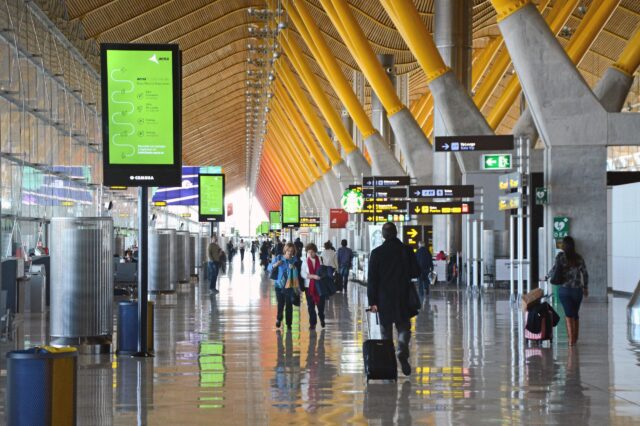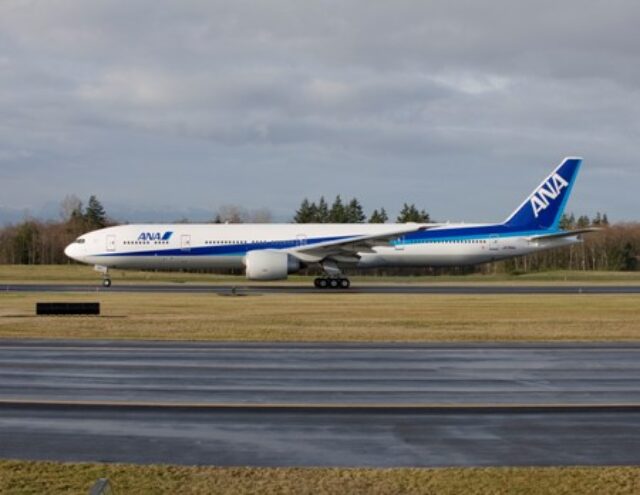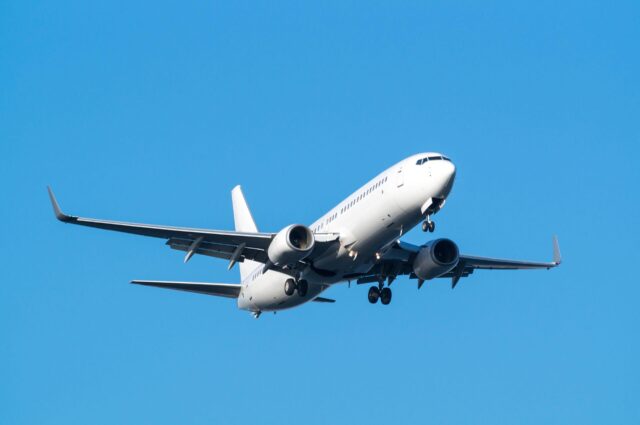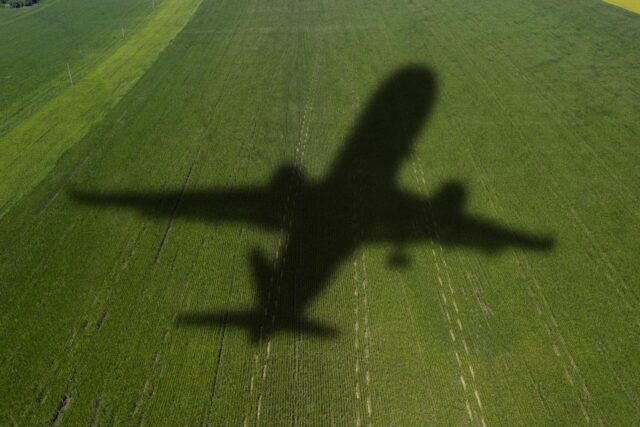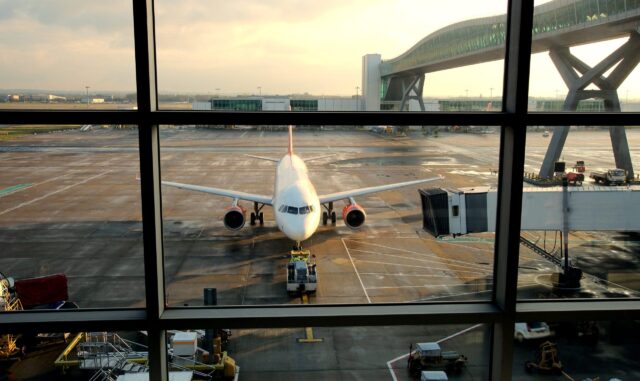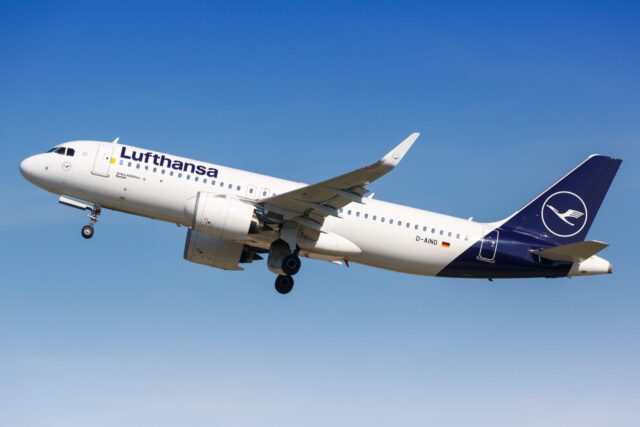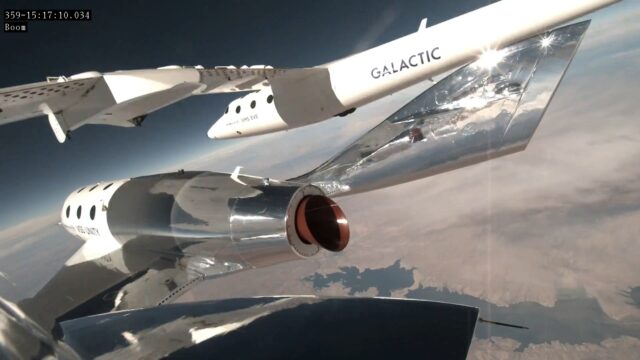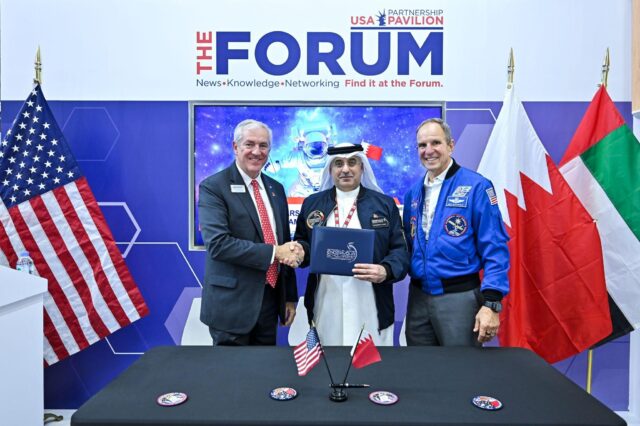US airstrikes in Syria

A Pentagon spokesman (General Ryder) said that: “To be clear, these self-defence actions successfully eliminated imminent threats to US personnel and were not linked to any broader activities in northwest Syria by other groups. Our focus is on protecting our forces and also preserving our efforts to conduct counter-ISIS operations in partnership with the SDF,” he added.
On 29 November US Central Command (Centcom) employed A-10 fighter aircraft to successfully engage a hostile target (a rocket launcher) that posed a threat to US and coalition forces at MSS (Mission Support Site) Euphrates.
On 3 December US forces successfully engaged and destroyed several weapon systems that posed a threat to US and coalition forces in Syria, included three truck-mounted multiple rocket launchers, a T-64 tank and multiple mortars. These were said to have presented a “clear and imminent threat” to US and coalition forces in the vicinity of MSS Euphrates. More A-10s flew in the area as a “show of force,” but were not directly involved in the strike.
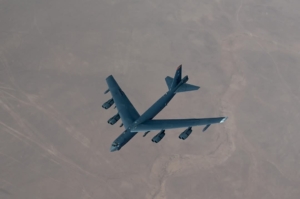
In the early hours of 8 November, the US Air Force carried out intensive air strikes against more than 75 targets (primarily ISIS camps and known fighters) in north east Syria. This saw the use of B-52H strategic bombers, F-15E strike fighters, and A-10 Thunderbolt ground attack aircraft, and up to 140 munitions were used.
The strikes on ISIS targets were not directly linked to the fall of Assad, but CENTCOM said that it was determined not to let ISIS — which once controlled large swaths of Syria and Iraq — to take advantage of any power vacuum.
General Michael Kurilla, the commander of US Central Command, reiterated that the United States would not allow ISIS to reconstitute itself nor take advantage of the current situation: “All factions and organizations in Syria must know that we will hold them accountable if they cooperate with ISIS or support it in any way.”




